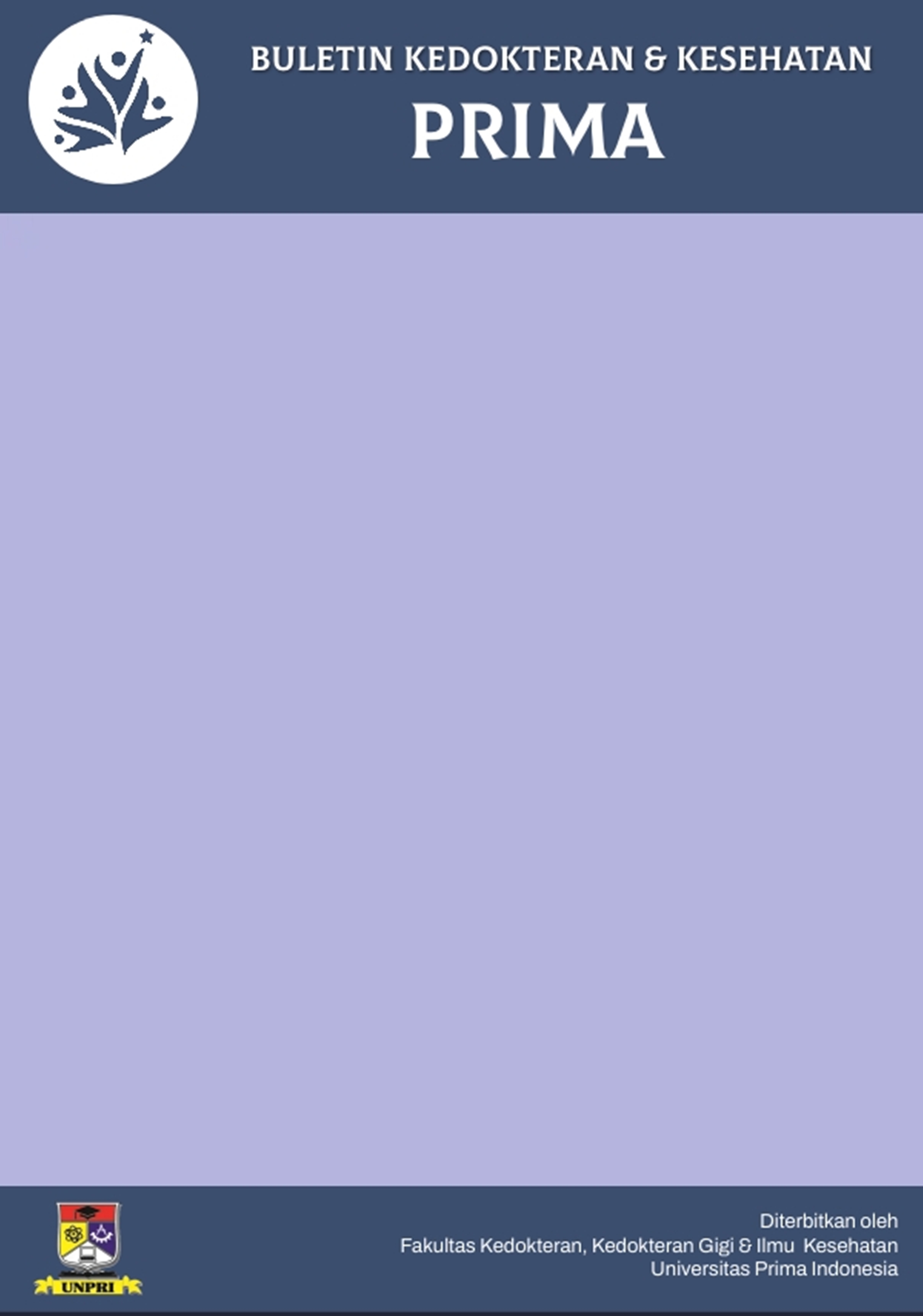Abstract
Nurses, as frontline healthcare providers, are highly susceptible to occupational stress stemming from excessive workloads.1 In Indonesia, suboptimal nurse-to-population ratios exacerbate this, leading to high stress levels (65% moderate/severe) and increased turnover (15–20%). Preliminary observations at the Medan Tuntungan Community Health Center (Puskesmas) indicated rising patient visits without corresponding staff increases, resulting in high perceived workloads and stress symptoms. This study aimed to analyze the relationship between workload and the incidence of occupational stress among nurses at the Medan Tuntungan Community Health Center. A quantitative, cross-sectional design was employed in August 2025. A total sampling (census) technique was used, including all 30 nurses at the facility. Data were collected via a structured online questionnaire assessing workload (physical, mental, administrative) and job stress (physical, emotional, behavioral symptoms), categorized on an ordinal scale (Good, Moderate, Poor). Data analysis utilized univariate statistics and bivariate testing with the Chi-Square test or Fisher's Exact Test. Univariate analysis revealed that 90.0% of nurses perceived their workload as moderate (50.0%) or poor (40.0%). Regarding stress, 43.3% experienced moderate levels, and 30.0% experienced poor (high) levels. The bivariate analysis established a highly significant association between workload and work stress (p < 0.001). A clear positive correlation was observed: 75.0% of nurses with a poor workload reported poor (high) stress, while 100.0% of those with a good workload reported good (low) stress. No significant associations were found for work shift (p = 0.091) or length of service (p = 0.069).Conclusion: Workload is a significant determinant of occupational stress among nurses at the Medan Tuntungan Puskesmas. As workload perception worsens, stress levels increase. These findings underscore the urgent need for institutional interventions focused on effective workload management and staffing optimization to mitigate nurse stress and enhance well-being.

This work is licensed under a Creative Commons Attribution-NonCommercial 4.0 International License.
Copyright (c) 2025 M Rizky Ilahi, Dameria Dameria, Herbert Wau
